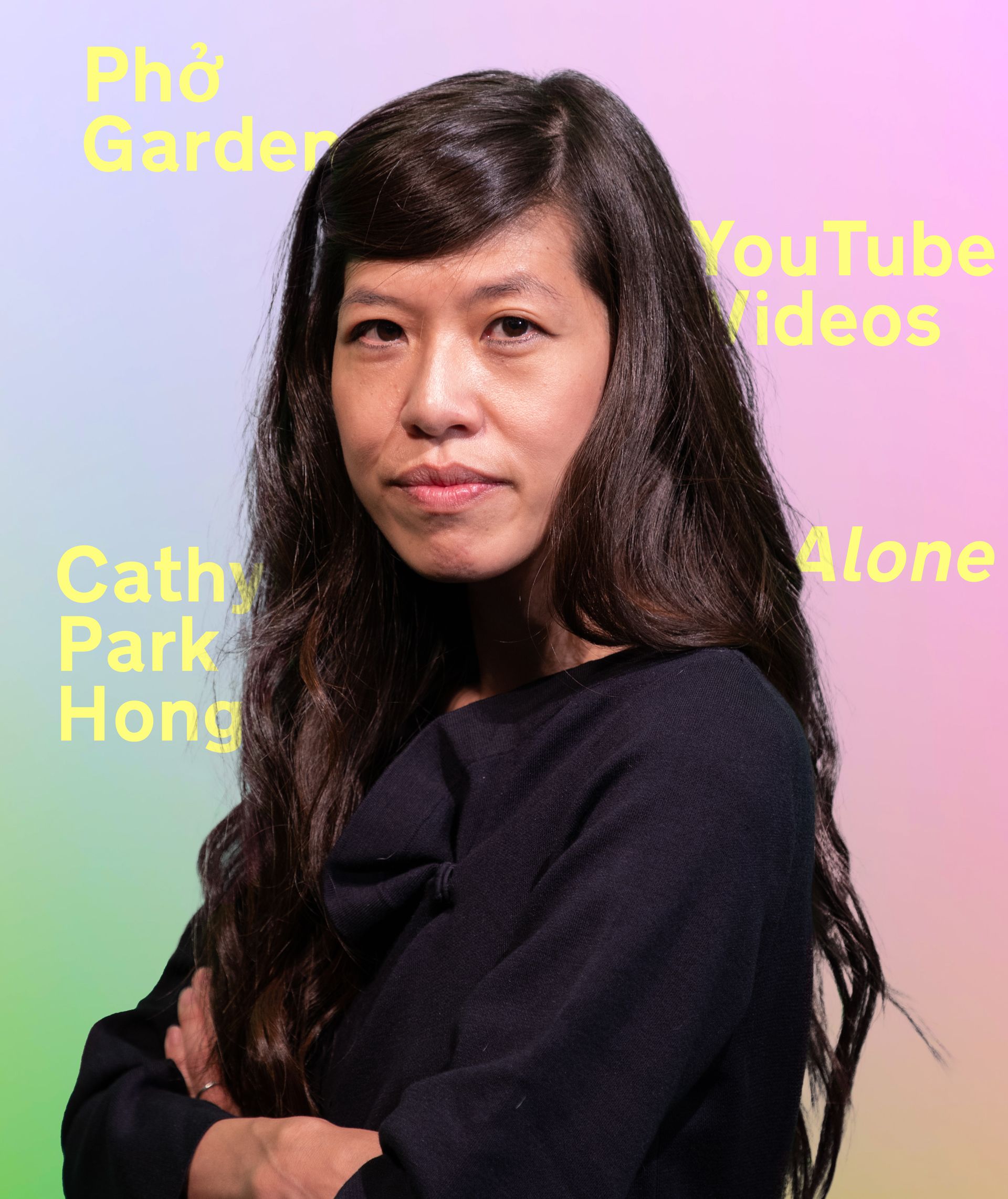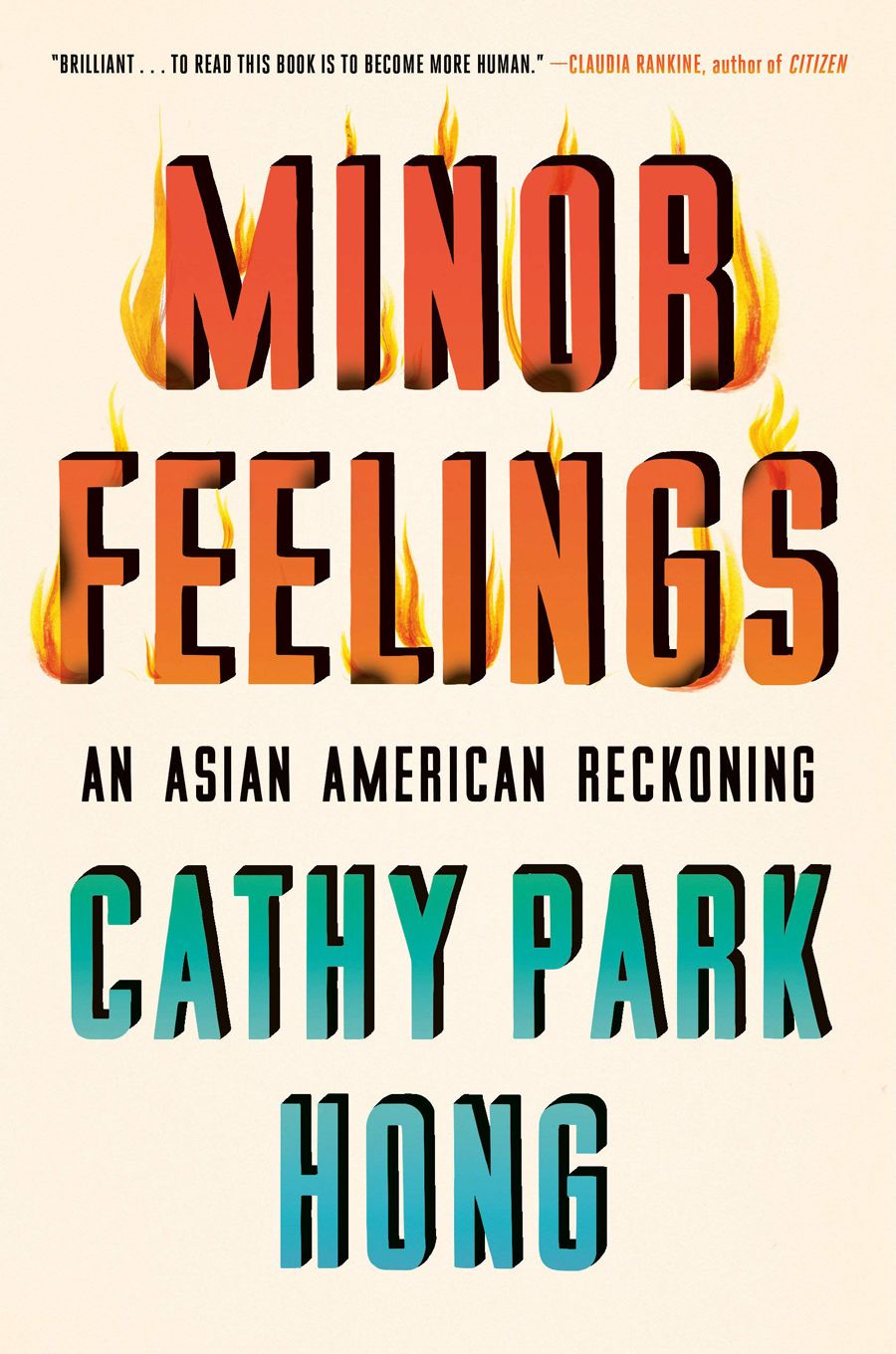Hương Ngô on Her Obsessions

by Zoya Brumberg (MA 2015)
Hương Ngô (MFA 2004) is all about resourcefulness.
Her interdisciplinary work explores an ecology of survival in modern life, drawing from histories of colonization and migration. Born in Hong Kong, Ngô grew up as a refugee in the American South and was raised in a Vietnamese and Chinese American family. She intended to major in biology at the University of North Carolina at Chapel Hill (UNC-CH) but found herself drawn to art instead. She received her bachelor of fine arts from UNC-CH and continued on to get her master’s in art and technology studies at the School of the Art Institute of Chicago. Though she did not pursue a traditional scientific career, Ngô continues to engage with questions surrounding the production of knowledge and the environment in her teaching and creative practice. As an assistant professor in the Department of Contemporary Practices, Ngô encourages her students to become creative, resourceful artists. Now, Ngô draws from these same instincts for a new era, seeking inspiration through newly imposed limitations on art making and viewing. Here are just a few of Hương Ngô’s obsessions in a world where adaptability is more important than ever.
Phở Garden
I recently moved into a new place with a garden, and it has been helping me connect with the world around me. I am a new gardener, so I see the space as an extension of my studio and the process as a sort of site-specific installation—working with what the last gardeners left, what I want to grow, and the garden as a habitat for existing plants and animals. I can’t help but notice how gardens are described with human language of who belongs and who doesn’t: plants and creatures that might be “the native or the foreigner.” When I look at each plant and their profile, these questions emerge of whether it’s a weed, whether it’s invasive—all the ways we value or devalue this thing that is growing. In Chicago, any kind of greenery is such a privilege, it makes it difficult to dislike anything that dares to grow in this tough landscape. I have a small garden just for phở, the Vietnamese noodle soup, since it can be hard to just go and get the things that I need during quarantine. I stock up on all of the other groceries like noodles and spices, and then when I want to make it, I can just grab fresh greens from the garden.
The World of YouTube
As a new gardener, I had to watch a number of tutorials to get started. It has opened up this strange world of YouTube that I was aware of but not really clued into until now. I know my students are watching it … not the gardening ones per sé but the format of self-published videos; I’m fascinated with how people take on YouTubing in an entrepreneurial way by creating their own brand, doing all their own editing and shooting. It is this entire world and industry that’s adjacent to art school with occasional overlaps. There are fascinating cultural differences—[for instance] Japanese YouTubers with a totally different aesthetic from their American counterparts. They make slow-paced, impressionistic videos inspired by the practice of Naikan, or the art of self-reflection. No how-to’s, quick editing, or overly caffeinated talking heads. It’s the perfect antidote for YouTube overdose.
An example of Naikan-inspired Japanese YouTube videos
Post-Apocalyptic Television
I have always been obsessed with anything apocalyptic or survival related. I love thinking about what the producers and the people in these shows are trying to tell us and what they are totally ignoring. Alone was a huge hit during the pandemic; the premise is that people are sent out into the woods alone, and they have to survive as long as they can. They are supposedly sent into these “empty, bare” places, which are constantly revealed to have been impacted by people for a number of years. The show actually does a decent job of deconstructing myths of masculinity and of the solitary, self-sufficient survivor, but there is a lot missing from their portrayals, too. Contestants are often sent out into these Indigenous, First Nations peoples’ lands, but the show does not acknowledge that there have been people surviving on these lands for hundreds or even thousands of years. What remains wanting in that representation of who we are and who we want to be in society?
“You can’t just tell people facts or tell people history. That is not going to persuade or move them in the way that we need to as artists.”
The Comedy Renaissance
Yes. I listen to a lot of stand-up comedy. It’s necessary for my mental health and often includes brilliant analyses of what is happening in the world. There is a comedy renaissance happening right now: marginalized people, people of color, and queer folks have become comedians and are just killing it. It’s much more of a joy to me now because … well, before I would always have to brace for the inevitable Asian joke or the female comedian who had to pander to a male audience. Cathy Park Hong dazzlingly deconstructs the inspiration that she gets from comedy in her book Minor Feelings, which has become something of a textbook for me over the past year. I have recommended it to so many people. It’s a constant reminder that you can’t just tell people facts or tell people history. That is not going to engage them. That is not going to persuade or move them in the way that we need to as artists. ■

Cathy Park Hong, Minor Feelings: An Asian American Reckoning
Cathy Park Hong, Minor Feelings: An Asian American Reckoning

